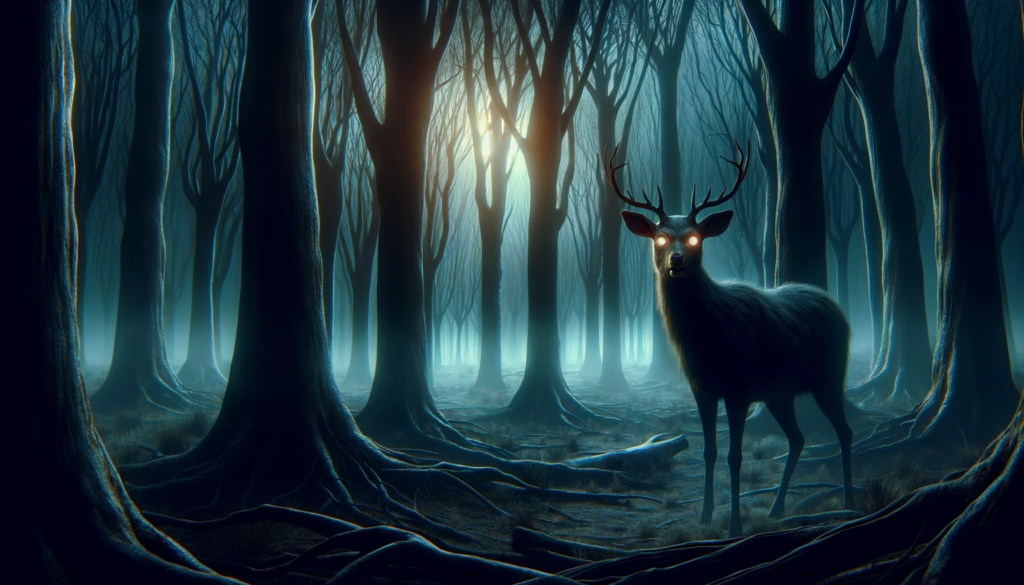In recent times, a peculiar and somewhat alarming phenomenon has been making headlines: zombie deer disease. Officially known as Chronic Wasting Disease (CWD), this affliction has sparked both curiosity and concern across the globe. But what exactly is this so-called zombie deer disease, and why is it gaining so much attention? In this blog, we’ll demystify this mysterious condition, exploring what it is, how it spreads, and what implications it might have for wildlife and potentially humans.
What is Zombie Deer Disease?
Zombie deer disease is a progressive, fatal illness that affects the brains of deer, elk, moose, and other members of the cervid family. It’s caused by prions, which are misfolded proteins that lead to brain damage in affected animals. The disease manifests in a variety of symptoms including drastic weight loss, stumbling, lack of coordination, listlessness, drooling, and a lack of fear of humans – behaviors that eerily resemble those of zombies, hence the name.
The Origin and Spread
First identified in Colorado in the 1960s, CWD has since spread to various regions in the United States, Canada, and even some parts of Europe and Asia. The disease is highly contagious among cervids and is transmitted through direct animal-to-animal contact, or indirectly through contact with saliva, blood, urine, feces, or infected materials like soil.
The Impact on Wildlife
The impact of zombie deer disease on wildlife populations is concerning. It’s a 100% fatal disease, and there’s no known cure or vaccine. This means that once an area is infected, the disease can potentially decimate local deer populations. Moreover, its long incubation period allows infected animals to spread the disease widely before symptoms even appear.

Can It Affect Humans?
One of the most unnerving questions about zombie deer disease is whether it can jump to humans, akin to how mad cow disease affected humans in the 1990s. Currently, there’s no evidence that CWD can infect humans. However, experts advise caution. Eating meat from infected animals is not recommended, and hunters in areas with CWD are advised to get their game tested before consumption.
How Is It Being Managed?
Efforts to manage zombie deer disease include monitoring and controlling deer populations in affected areas, researching the disease’s transmission and effects, and developing methods for testing and disposing of infected animals. Wildlife agencies and researchers are working tirelessly to prevent its spread and to protect both wild cervid populations and public health.
Conclusion
While zombie deer disease might sound like something out of a horror movie, it’s a real and serious issue facing wildlife today. Understanding and managing this disease is crucial for the health of our ecosystems and potentially for human health as well. As research continues, it’s important for the public to stay informed and cautious, especially in areas where CWD is present.


